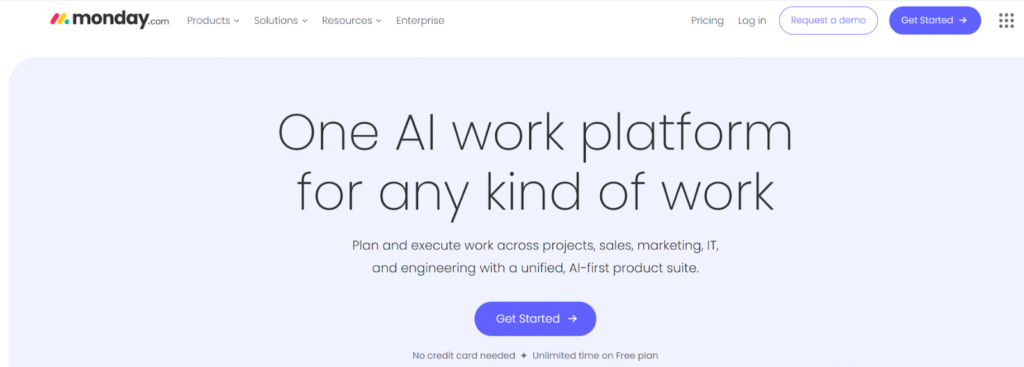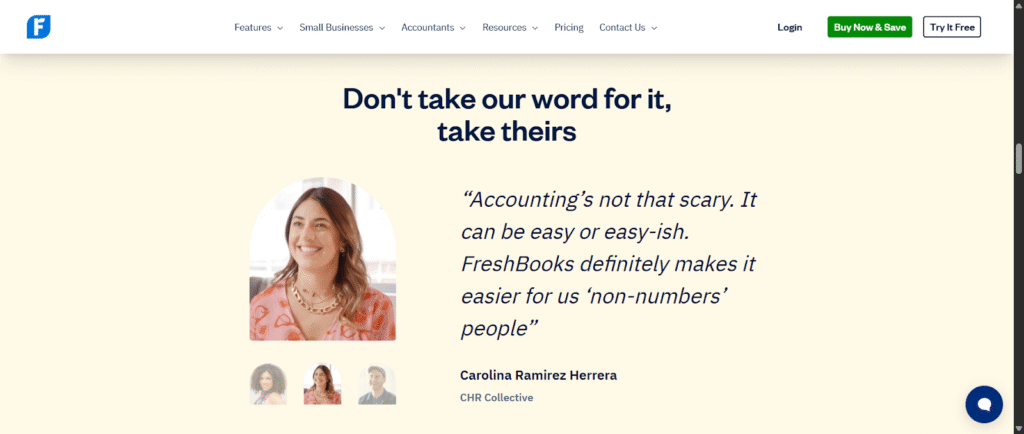For any growing SaaS company, the primary goal is very straightforward — getting those product sign-ups.
From learning about the primary touchpoints for your users to delivering that final nudge that prompts them to click on that CTA button, there are plenty of opportunities for you to secure that conversion.
While factors such as your business model and target market can also heavily influence conversions, it all boils down to the strategy you deploy to get them. With an optimized and proactive approach towards conversions, you can win over more users and stay ahead of the competition.
What are the Most Powerful Conversion Tips for Growing SaaS Companies?
With these points in mind, let us now look at the key, actionable tips to guide and help you improve the conversions of your SaaS product:
#1 Know Your Visitors and Speak Like Them
One of the key ways you can secure a conversion is by ensuring that your messaging and communication do not miss the mark. To get your content and messaging to align with your goals, you must obsess and mull over the needs and preferences of your users, and embed those insights in every word and copy you promote.
Conduct user language analysis by administering surveys that give you plenty of behavioral data to work with, and insights into pain points and goals of your users. Re-evaluate your high-value user personas, and try to emulate their language and style in the content you develop to enable and enrich your SaaS sales.
#2 Communicate Your Product Value Clearly
Did you know that over 40-60% of users who land on your website are likely to bounce right off if the value of your product or services is not easily apparent?
While this is reason enough to create content and copy focused on communicating your product value, there are other benefits to consider, too. Communicating the answer to the key question on the users’ minds, “what does this tool do for me?” with comprehensive product demos can help you cut through all the noise and expedite their decision-making process.
For example, this homepage for Monday.com communicates the value of the product clearly, right at the outset, with the line “One AI work platform for any kind of work”.

#3 Cut the Clutter on Your Website to Optimize User Journeys
Users abandoning your website even before it fully loads? It might be because of slow loading times and confusing layouts, which can also kill conversions and paint your website in a negative light. By reducing the page loading speed, you can expect an immediate jump in your performance and user engagement levels.
If you are unsure about the elements that are adding to your loading speed, your sign-up or contact forms are often the main culprits. Consider removing unnecessary fields from such forms to boost conversions and reduce friction. You should also streamline your website navigation so that users are never more than a couple of clicks away from sign-up forms.
#4 Nail Your Social Proof Early
Did you know that over 92% users report that they trust peer recommendations and reviews over advertisements?
At the very least, this statistic should reinstate your faith in encouraging reviews and recommendations for your SaaS product and their effectiveness in driving conversions for it. The more prominently you place your customer logos and testimonials on your website, the higher the chances of it being noticed by website visitors.
FreshBooks, an accounting software for small businesses, accomplishes this by assigning a noticeable amount of real estate to testimonials, making them more eye-catching and impactful.

To drive the desired action from your potential customers, ensure to position it right above the primary call-to-action (CTA) on your landing pages.
#5 Offer Free Trial and No-Risk Offers
Imagine having a no-risk, no-commitment way to try out your favorite product? Wouldn’t you jump at the opportunity?
As it turns out, evoking that exact emotion in your users can boost your conversions and signups. Most SaaS companies experience a trial-to-paid conversion rate of 15% to 25% in most cases, with top players or reputed companies hitting even 30%.
To drive this forward, consider featuring a clear “free trial” label so that customers are aware that there are no conditions and limitations associated with the trial period. For getting the best results with this method, you must track each step in the user journey, including visitor-to-trial users, trial-to-paid users, and freemium-to-paid users.
#6 Build Urgency and FOMO
Building urgency for a product or tapping into your users’ fear of missing out (FOMO) is a great way to drive more conversions for your SaaS product. When promoting limited-time offers and end-of-quarter deals on your website, leverage a countdown timer that helps you create more urgency.
To ensure that this urgency translates into conversions, display the remaining spots or seats during offers and sales. Also, consider sharing live notifications like “someone is about to book a slot” or “someone just signed up” to prompt users to take desired actions.
#7 Prioritize Follow-Ups and Constant Measurement
What do the most successful and popular SaaS companies have in common? They constantly monitor and measure their performance, and track conversion rates at every stage of a typical user journey.
As a SaaS focused on driving more conversions, you must aim to track users who start the buying journey but don’t finish it. Double down on promotions and offers for such users delivered using automated follow-up emails, and encourage them to finish taking action.
To get a clear idea of the elements and content that need to be changed to drive more conversions, administer A/B tests. With such tests, you can assess the effectiveness of your value proposition, trial length, and CTAs, and have room to make necessary tweaks wherever required.
Ending Remarks
Driving SaaS conversions is likely to get more difficult due to increasing competition. But with the right tactics that balance speed, trust, and clarity, you can build an enduring sales pipeline for your SaaS product. Apply the aforementioned tips and track your sales metrics to understand their effectiveness of your sales strategy, and maximize conversions for your product.














